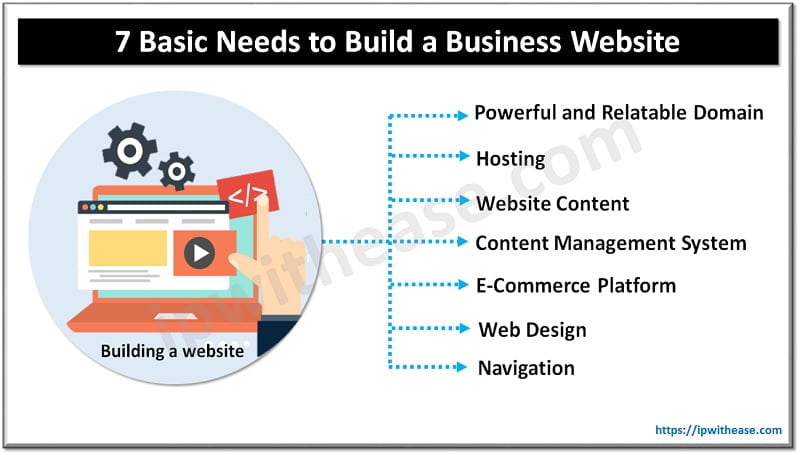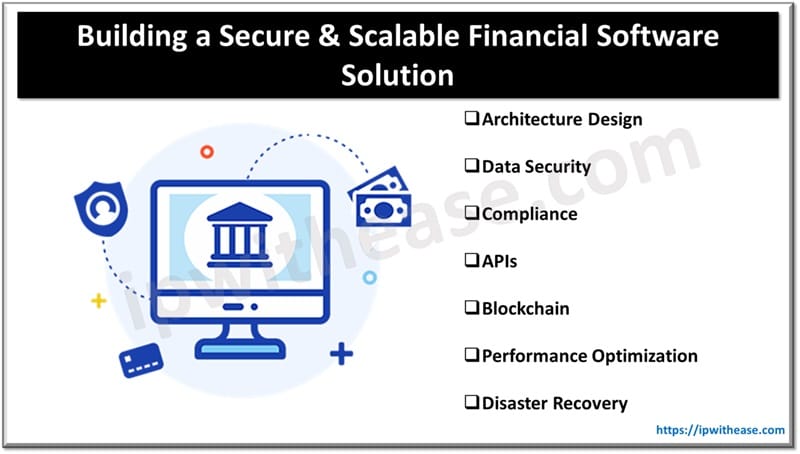Table of Contents
ERPs have been referred to as the lifeblood or beating hearts of modern organizations. These large, complex software packages integrate and then manage processes representing core business activities, including financial, human resources, and customer relationship management. With the 2027 SAP support deadline looming many organizations are anxious to migrate their existing SAP ERP to the new cloud-based S/4HANA platform.
Among the obstacles, retaining data integrity during the migration to S/4HANA is without a doubt at the top of the list of concerns. But there is, nevertheless, one beacon amidst all the turmoil, and that is what may be termed: test automation platform. By applying principles of automated software testing, organizations bridge gaps between uncertainty and proven results.
Building the Bridge with Software Test Automation
This is where automated testing steps in as a powerful tool to navigate the migration process with greater speed and confidence. Automated testing involves software tools that execute pre-defined test scripts to interact with a system, mimicking real-world user interaction and data flows.
The testing scripts logically and systematically carry out functionalities in a system, validate them, and point out possible problems, much like a human tester taking the application through its paces. Testing automation is only more efficient since a multitude of tests can be run in a fraction of the time it would take a person.
The Benefits of Automated Testing for SAP S/4HANA Migration
Enhanced Efficacy and Swiftness
Manually testing a complex ERP system will be time-consuming and labor-intensive. Automated test scripts support faster migration and deployment that help to drastically bring down test life cycles.
Greater Test Area Coverage
Manual testing tends to concentrate on established avenues within the system. Nevertheless, automated testing is capable of executing a broader array of test cases, which results in a more comprehensive test coverage of a wider range of functionalities and scenarios.
Decreased Probability of Error
Manual testing is bound to focus on known paths across the system. In contrast, automated testing is capable of running more test cases, hence giving better coverage of tests against a wide range of functionalities and scenarios.
Detecting Software Defects
Automated testing can detect defects and functionality regressions that could be introduced due to the migration process rather early. This enables adjustments and corrections in the course of implementation. This keeps them from turning into obstacles later on.
Improved Regression Testing
Regression testing guarantees that no functionalities that were previously operational are not disrupted during the migration. Automation scripts facilitate the efficient testing of regressions, which in turn helps increase the confidence in the stability of the new system.
Enhanced return on investment
Although there is a starting cost required to establish automated testing, the potential lasting benefits surpass the cost involved. A substantial return on investment is achieved in the form of improved quality, reduced rework, and faster migration.
Securing SAP S/4HANA Migration with Automated Testing
Setting the course for an SAP S/4HANA migration can be divided into various phases. Phase Zero is for preparation and establishing what the organization’s needs are. The goals for the automation, the current system’s complexities, and the most suitable automation tools are selected.
In the next phase, the organization will put their automation strategy together. This involves deciding which tasks are suitable for automation and building the test scripts that correspond with those tasks. Afterward, they will be tested and integrated into the testing framework. The testing scripts must be accurate as they will be used as a measure of accuracy going forward.
The final phase is implementation and monitoring. Organizations must first roll out the test automation in smaller sections. Part of this process includes change control and continual monitoring. If there is a need for any changes while the migration is taking place, it must be addressed.
Conclusion
Using automated testing will help organizations negotiate the migration to SAP S/4HANA more confidently and effectively. From faster speed and better test coverage to lower risk of mistakes and higher return on investment, automated testing provides a whole safety net for this process.
Strong and dependable test automation platforms can propel organizational success. Working with capable vendors, organizations will have the ability to realize the potential of their SAP S/4HANA running at full capacity.
ABOUT THE AUTHOR
IPwithease is aimed at sharing knowledge across varied domains like Network, Security, Virtualization, Software, Wireless, etc.



